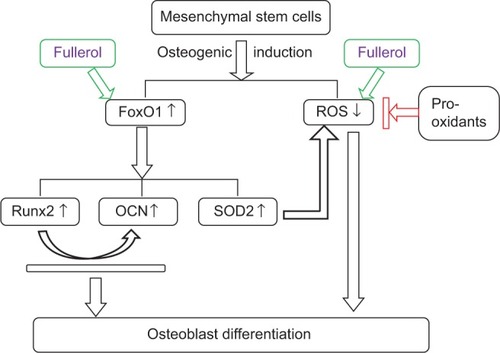Figures & data
Table 1 Target genes, primer sequences, and product sizes for quantitative real-time polymerase chain reaction
Figure 1 Assays for cell survival and cell proliferation in human ADSCs treated with different doses of fullerol (10, 3, 1, 0.3, 0.1, and 0 μM) (n=4).
Notes: (A) LDH assays with 6-hour treatment of fullerol. (B) MTS assays with 48-hour treatment of fullerol.
Abbreviations: ADSCs, adipose-derived stem cells; Ctrl, control group without any treatment; LDH, lactate dehydrogenase; MTS, 3-(4,5-dimethylthiazol-2-yl)-5-(3-carboxymethoxyphenyl)-2-(4-sulfophenyl)-2H-tetrazolium; OD, optical density; PC, positive group for LDH assay with treatment of cells by 1% Triton X-100 to release the highest intracellular LDH into culture medium.
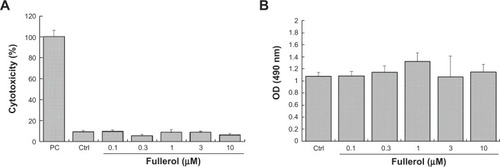
Figure 2 Fullerol reduced ROS production in human ADSCs cultured in basal medium or osteogenic medium in the presence or in the absence of fullerol (0.1 and 1 μM) for 5 days (n=5).
Notes: Intracellular ROS were monitored by a fluorescent dye DCF-DA, and the RFUs were recorded on a fluorescence plate reader. Letter a denotes P<0.05 versus Ctrl in basal medium. Letter b denotes P<0.05 versus Ctrl in osteogenic medium.
Abbreviations: ADSCs, adipose-derived stem cells; Ctrl, control; DCF-DA, 2,7-dichlorodihydrofluorescein diacetate; RFUs, relative fluorescence units; ROS, reactive oxygen species.
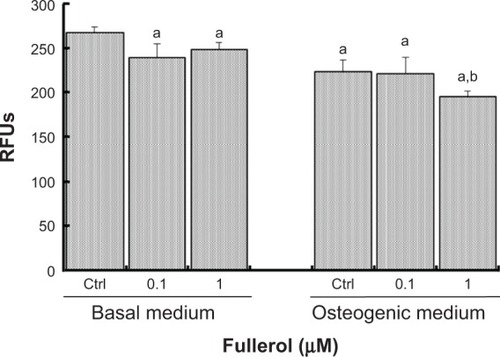
Figure 3 Fullerol pretreatment increased osteogenic potential of human ADSCs.
Notes: Cells were pretreated with fullerol (1.0 μM or 0.1 μM) for 7 days, followed by osteogenic induction for 14 days (n=4). (A) Gene expression of osteogenic markers, Runx2, OCN, and ALP by real-time RT-PCR at day 7, using 18s as internal control. (B) Alizarin red staining at day 21. Letters a and b denote P<0.05 versus BM and GP/DEX group, respectively.
Abbreviations: ADSCs, adipose-derived stem cells; ALP, alkaline phosphatase; BM, basal medium; Ful, fullerol; GP/DEX, glycerophosphate/dexamethasone; OCN, osteocalcin; OD, optical density; Runx2, runt-related transcription factor 2.
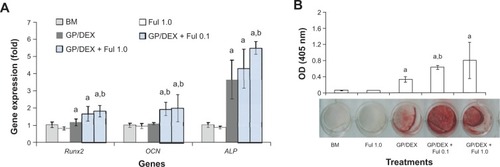
Figure 4 Osteogenic differentiation in human ADSCs treated with different doses of fullerol (0, 0.1, and 1.0 μM) for 13 days (n=4).
Notes: (A and B) Alizarin red staining showed that fullerol increased mineralization (A: images and B: quantification); (C) Quantitative real-time RT-PCR revealed that fullerol stimulated expression of osteogenic genes ALP and OCN and inhibited expression of adipogenic genes PPARg and LEP. Letters a and b denote P<0.05 versus OM and OM + Ful 0.1 group, respectively. (D) Western blots demonstrated that fullerol elevated cellular OCN protein level.
Abbreviations: ADSCs, adipose-derived stem cells; ALP, alkaline phosphatase; BM, basal medium; COL I, type I collagen; Ful, fullerol; GAPDH: glyceraldehyde 3-phosphate dehydrogenase; GP/DEX, glycerophosphate/dexamethasone; LEP, leptin; OCN, osteocalcin; OD, optical density; OM, osteogenic medium; PPARg, peroxisome proliferator-activated receptor gamma; RT-PCR, reverse transcription-polymerase chain reaction; Runx2, runt-related transcription factor 2.
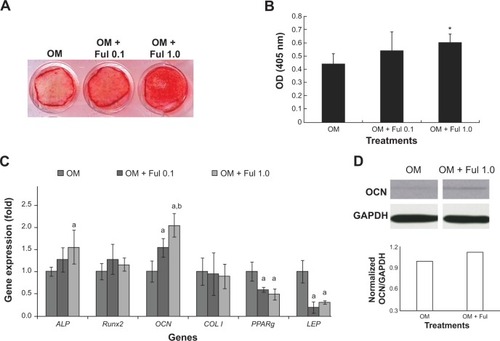
Figure 5 Fullerol promoted gene expression of FoxO1.
Notes: This transcription factor’s targets, Runx2 and SOD2, were analyzed by Western blots. Human ADSCs were treated with OM alone or together with1 μM fullerol (OM + Ful) for 7 (A) or 13 (B) days.
Abbreviations: ADSCs, adipose-derived stem cells; BM, basal medium; FoxO1, forkhead box protein O1; Ful, fullerol; GAPDH, glyceraldehyde 3-phosphate dehydrogenase; OD, optical density; OM, osteogenic medium; Runx2, runt-related transcription factor 2; SOD: superoxide dismutase.
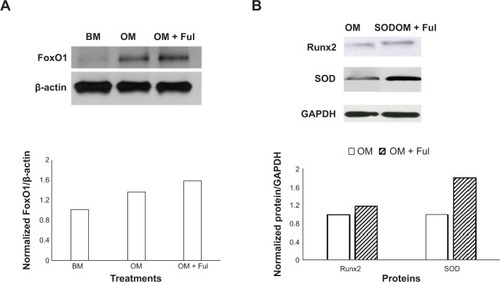
Figure 6 Schematic illustration of putative pathways for the enhancement of osteoblast differentiation of mesenchymal stem cells by fullerol.
Notes: Fullerol increases osteogenic markers Runx2 and OCN, and an antioxidative enzyme SOD2 through FoxO1. Meanwhile, fullerol supports osteoblast differentiation by the means of reducing the intracellular ROS level both directly and indirectly.
Abbreviations: ↑, increase; ↓ decrease; OCN, osteocalcin; ROS, reactive oxygen species; Runx2, runt-related transcription factor 2; SOD2, superoxide dismutase 2.
